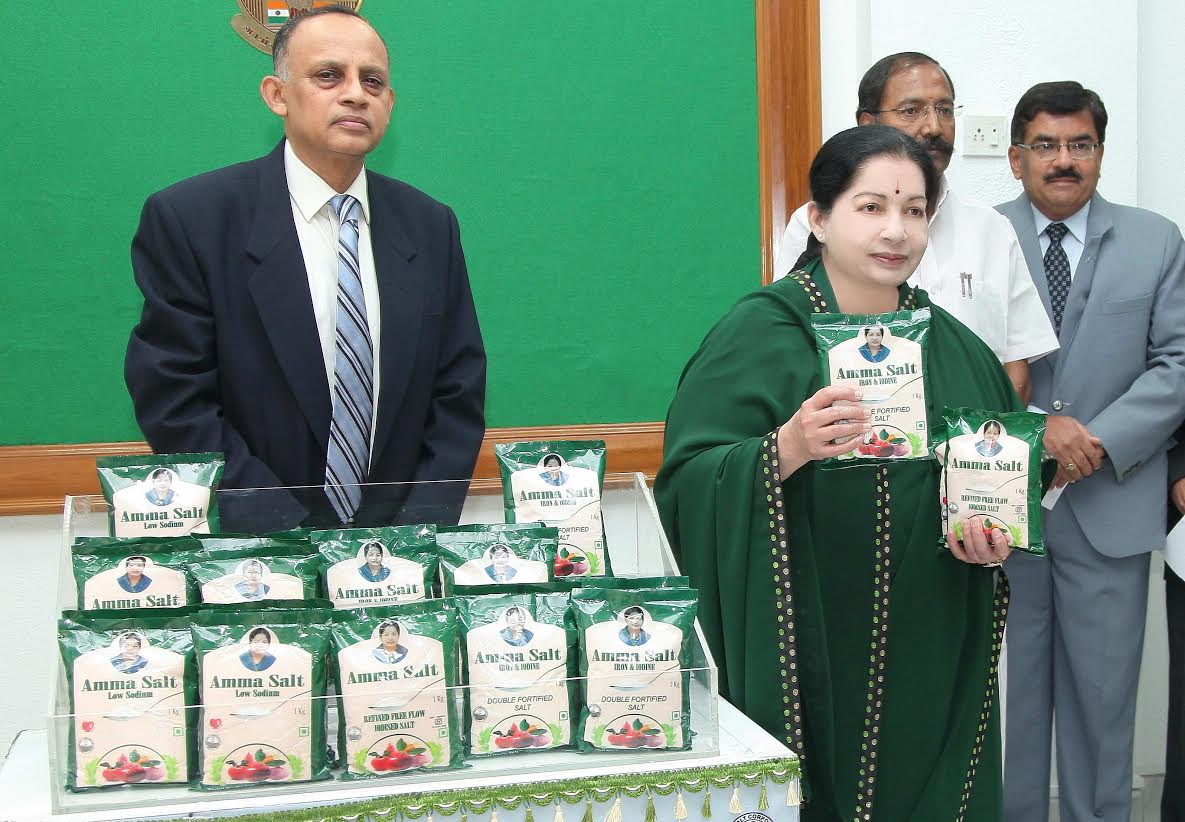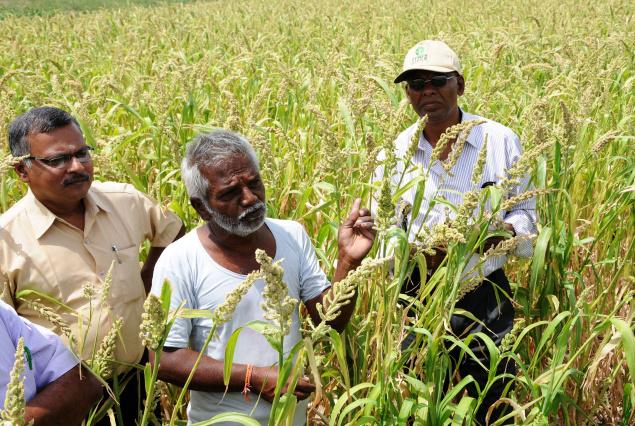Chennai :
When 59-year-old V Srinivasan fixed a dentist appointment for a toothache, little did he know that two weeks later he would end up in an operation theatre with life-threatening complications.
By the time the bank employee was admitted to a city hospital, he had a huge swelling in his neck, slipped in and out of consciousness and suffered from breathlessness. A preliminary glimpse of his scan reports was sufficient for doctors to pinpoint the cause.
The tooth infection had spread to his carotid artery – the vessel that supplies blood to the brain – causing severe swelling that constricted his wind pipe and limited blood supply to his brain. “The fact that he was diabetic added to the complication,” said neurosurgeon Dr K Sridhar. He led three surgeons and a dozen others to conduct a 12-hour surgery removing about 9cm of the diseased portion of the artery and creating a bypass to resume blood supply to the brain. At every stage of planning, doctors had to monitor Srinivasan’s sugar levels. “He had undergone an amputation of a few toes after they developed gangrene. First, we thought the infection was from his foot, later we realised the infection had spread from his tooth,” said Dr Sridhar.
The scan reports revealed three aneurysms (blood-filled balloon-like bulge on the wall of a blood vessel) in the carotid artery. “One had already burst, if the other two also ruptured, we knew we would lose the patient,” said neuro interventionist Dr Joy Varghese
Before the surgery, an infectious diseases specialist was roped in to help control the diabetes and infection in the body. “The surgery was complex as we had to be wary of the two aneurysms which could rupture at any point,” said Dr Varghese.
Two weeks after the surgery, Srinivasan was out of the intensive care unit and presented before the media on Thursday. Tubes still ran along his frail body as he was wheeled into the room, but his family vouched that he looked much healthier than a month ago, when they thought they had almost lost him. “When doctors at the hospital explained his condition, I had a sinking feeling. They told me the risks involved, but I decided to take the chance,” said Surya S, his wife. Doctors say he will be discharged in a week.
source: http://www.timesofindia.indiatimes.com / The Times of India / Home> City> Chennai / TNN / June 27th, 2014

